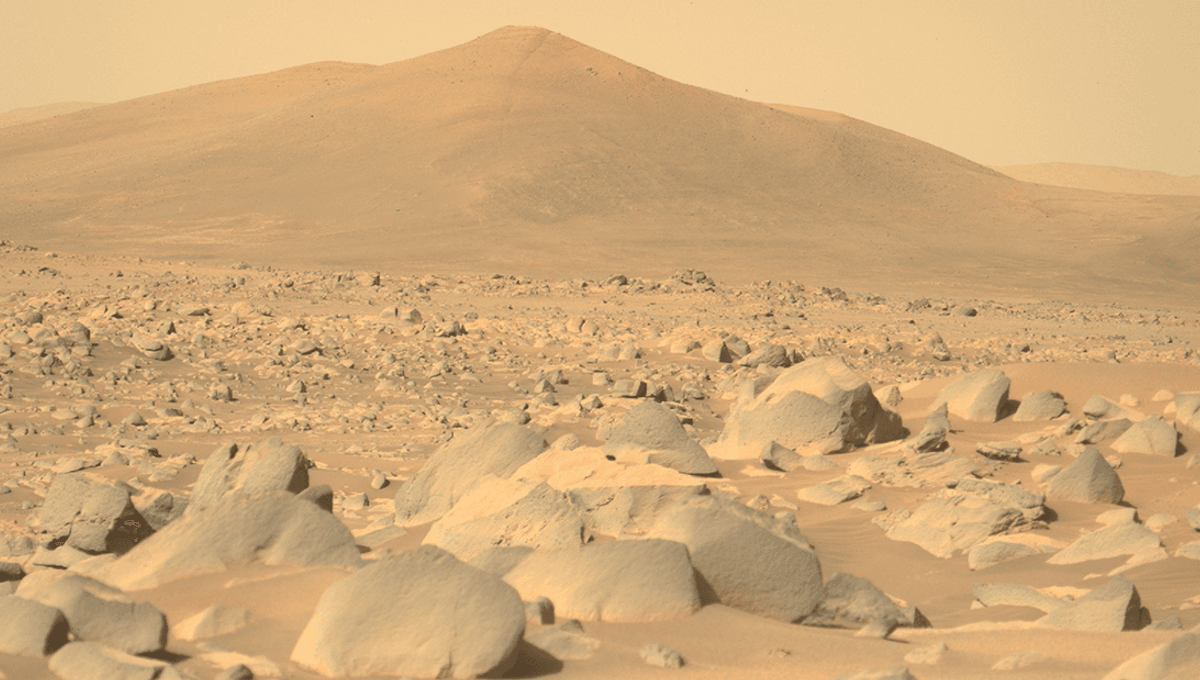
Right now, we are looking for signs of life on Mars at the surface, and perhaps soon in the ocean of liquid water found deep in the crust.
Finding signs of life (if that were to happen) could tell us about how life evolves, whether it is abundant in the cosmos, or even whether that life is related to us – taken from Earth to Mars or Mars to Earth as material from the planets flew through the solar system. When NASA sends robot explorers to the planet, it is careful not to contaminate them with life, leaving the planet as pristine as we can. There are even forbidden areas (or Special Regions) where life may be more likely, which we have so far stayed clear of for fear of contaminating it with Earth microbes.
But say we found that Mars is now a cold, dead planet, and humanity continues to grow and thrive, future humans may consider colonizing it. There, rather than global warming being a problem, we would actually need to heat the planet artificially in order to make it livable for us, and whatever creatures we bring along for the ride.
There have been plenty of proposals on how to do this, from chlorofluorocarbons (CFCs) to fluorinated versions of methane, ethane, and propane. But these ingredients are rare on Mars, making them less practical for the huge terraforming project – and a new team has a different suggestion which they compare to glitter in size.
“We show here that artificial aerosols made from materials that are readily available at Mars—for example, conductive nanorods that are ~9 micrometers long—could warm Mars >5 × 103 times more effectively than the best gases,” the team explains in their paper.
The idea is that the small particles of aluminum and/or iron would be swept up into the atmosphere, like Martian dust. The material, only a little smaller than commercially available glitter, would then warm the planet by capturing and scattering more radiation from the Sun.
“For a 10-year particle lifetime, two climate models indicate that sustained release at 30 liters per second would globally warm Mars by ≳30 kelvin and start to melt the ice. Therefore, if nanoparticles can be made at scale on (or delivered to) Mars, then the barrier to warming of Mars appears to be less high than previously thought.”
There are of course a lot of unknowns involved. If Mars has life, altering the planet’s temperature could kill it off. If the Martian soil were found to contain compounds toxic to Earth-based life, warming it up a bit would have very little benefit for human settlers. NASA’s Mars Sample Return should help answer this.
While heating the planet would melt the surface ice, it’s also possible this would soon drain into the planet, requiring a lot of management. We also don’t know if Mars has enough of the required materials to make the “glitter”, or whether it would need to be brought from Earth, making the project a lot more difficult and less feasible.
However, it could be possible to heat the planet using essentially glitter, adding a little razzle-dazzle at the same time.
The study is published in Science Advances: Planetary Science.
Source Link: Humanity Could Use "Glitter" To Terraform Mars (And Add A Little Razzle Dazzle)